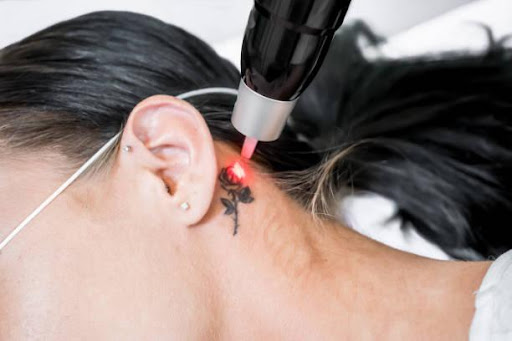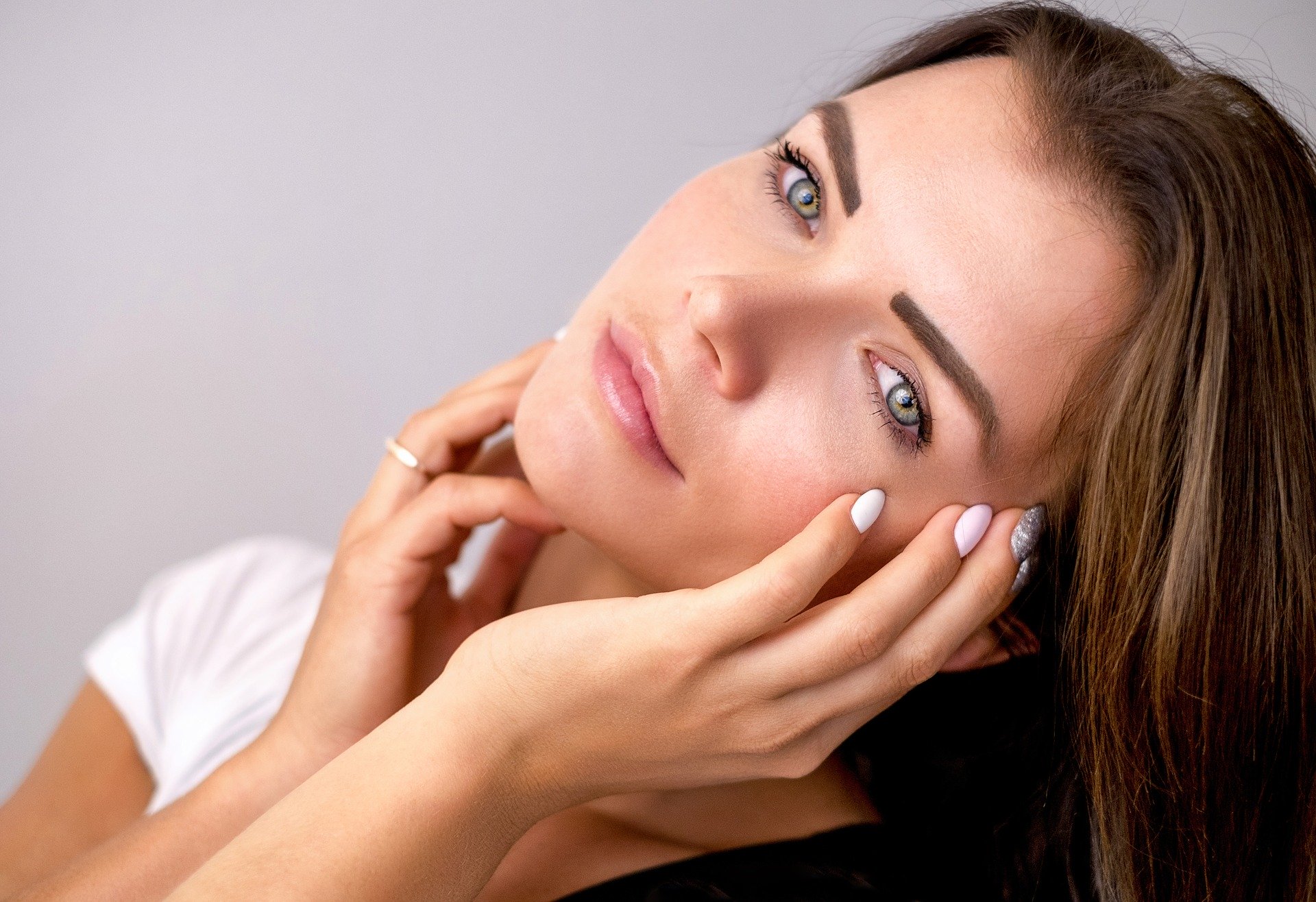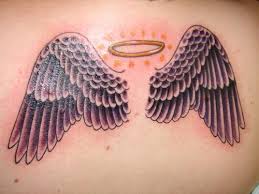Teeth Whitening – Available Options and Safe Usage
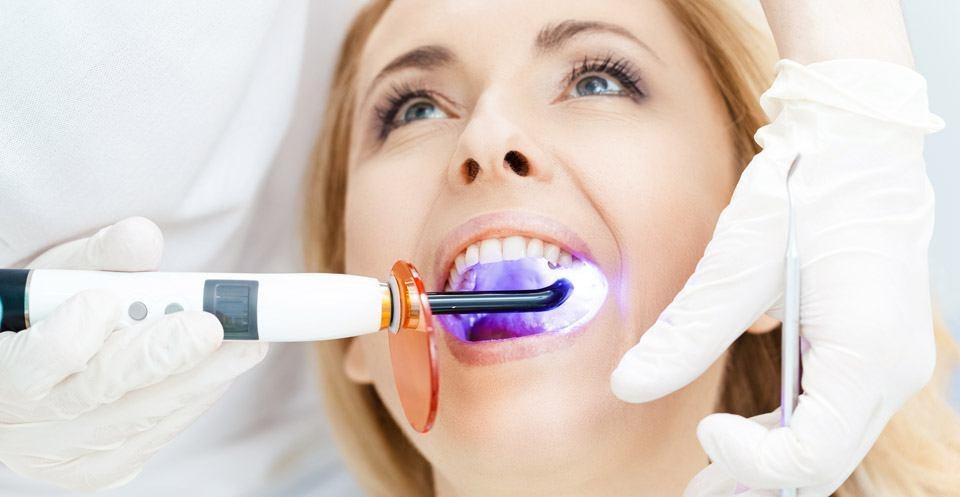
Several things can cause tooth staining or discoloration. But there are various options available for cleaning or making it brighter. However, the option you choose should be a safe one. You can decide to try a whitening product at home or visit a dentist for treatment. Safe Teeth whitening has side effects, but some conventional options are safe provided you follow the directions on the product.
What Causes Tooth Discoloration?
Tooth discoloration is caused by different factors.
1. Intrinsic Discoloration
This happens from within a tooth. It can be caused by using certain medications like antibiotics, aging, tooth trauma, infection, or childhood illness. This category of discoloration can be improved through professional bleaching.
2. Extrinsic Discoloration
This is when beverages, smoking habits, or foods stain the tooth. Tobacco, foods containing dyes, red wine, tea, and coffee contribute to extrinsic staining. This category affects the tooth’s exterior; whitening toothpaste can help to clean the stains.
Available Options for Teeth Whitening
Several products and methods are available for whitening and this may confuse you. There are 3 general whitening categories. They include those that are:
- Manufactured at home or sold over-the-counter without getting clearance from a dentist
- Administered by a dentist
- Dispensed by a dentist for home use
You can choose any category based on any of the factors stated below.
- The cause of the discoloration
- The cost of treatment
- The treatment procedure
- Age, especially for children
- Dental history, which includes crowns and fillings
It is necessary to consult a dentist before you try any treatment or method,. They will recommend a plan for the treatment; one that will better address the situation. Bear in mind that safe teeth whitening methods do not yield overnight results. And the intensity of the stain will determine the method to use.
Professional Treatment Options
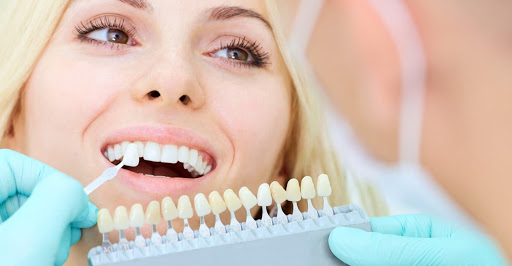
As mentioned earlier, dentists can use various methods for home or office treatment of discolored teeth. Generally, these methods include the use of carbamide peroxide, a safe teeth bleach. The chemical disintegrates to urea and hydrogen peroxide, targeting the stain in the chemical reaction. The following are professional treatment options:
1. In-Office Procedure
This form of treatment works quickly, and the effect is durable. It involves about 2 or 3 visits or an estimate of one hour in the dentist’s office. This time frame allows the hydrogen peroxide present in the product to settle properly. It has a higher concentration than those used at home.
Additionally, this treatment option is recommended for people experiencing abfraction lesions or receding gums. The dentist may use a light source when applying whiteners to the teeth. It will make the process faster, but this extra method may not always be effective.
2. Home Treatment Using a Dentist’s Prescription
Your dentist can assist you to undertake the procedure at home. They will provide some customized trays that you can fit onto your teeth. The kit comes with a gel that will help you wear a single tray for about 30 minutes or 1 hour, depending on what your dentist recommends. This method takes about 2 or 3 weeks to get the desired result.
Over the Counter and Other Home Treatment Options

OTC products can help take care of stained teeth, but they either contain an incredibly low concentration of carbamide peroxide or none at all. This implies that an intrinsically discolored tooth may not get white with OTC whiteners or it may take a longer time to get white.
Some of these products have a seal of approval from the American Dental Association (ADA). Although some products do not have a seal, you can still use them. But the seal gives more confidence that the product you are purchasing is safe.
If you are looking for more info on safe at-home whiteners, you can check Men’s Health talks about some of the top teeth whitening kits here. which helps you to make a buying decision. That being said, always ensure you follow the instructions on the product when using it. Below are home treatment options for discoloration.
1. Whitening Toothpaste
This product does not contain carbamide peroxide. It targets the tooth’s exterior and contains substances like abrasives and blue covarine. Although this method takes time to produce results, toothpaste containing blue covarine could make teeth white after a single brush. The chemical brightens teeth faster.
2. Whitening Strips
These are purchased over the counter and contain hydrogen peroxide in low concentrations. You can use them once or twice every day for a specified time as stated by the product’s manufacturer. There are different whitening strips in the market, and each has a different concentration of bleach.
3. Activated Charcoal
This is a homemade whitener that you could use. However, it does not have any scientific backing and your dentist should give approval before you use it. Consulting your dentist will prevent damage to your teeth in the long run.
How to Maintain Your Results
After undergoing teeth whitening procedures, it is important to maintain the results. This implies that you have to stay away from habits, drinks, and foods that resulted in the stain. After the treatment, you can still get stains from beverages like coffee and tea, including some types of food.
Brushing or rinsing the mouth after drinking or eating can prevent staining agents from staying on the teeth. It also decreases the likelihood of plaque build-up.
Remember that teeth whitening is not a permanent solution. You will require treatments often for intrinsic and extrinsic discoloration. Also, the products are specifically produced for natural dentition. Therefore, it cannot be used on dentures, bridges, crowns, and implants.
If you are wearing artificial teeth, you should speak with your dentist about unifying your teeth color. Also, whiteners are not suitable for cavities and some dental conditions. You may want to visit this website to know more about the safety of teeth whitening.
Conclusion
Sticking to methods approved by a dentist makes teeth whitening considerably safe. Ensure that you use a method that is appropriate for the category of discoloration. Also, it is important to follow the instructions on whitening products. Do not forget to contact a dentist if you’re not comfortable with a treatment option.
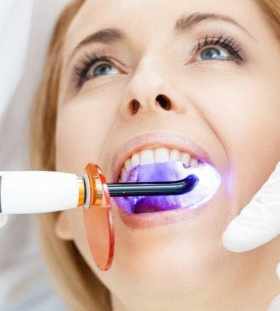

 Tagged:
laser teeth, teeth whitening side effects
Tagged:
laser teeth, teeth whitening side effects



